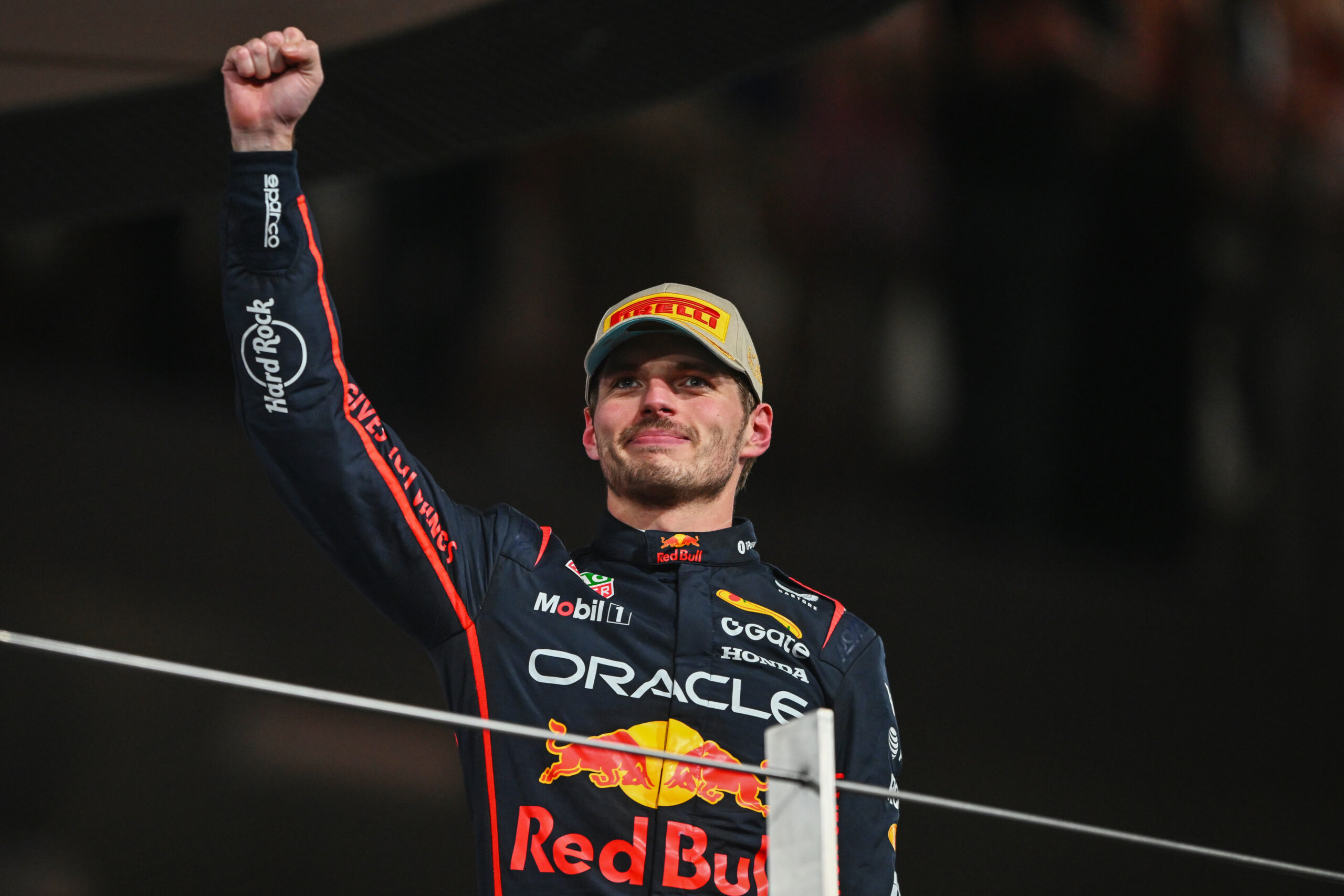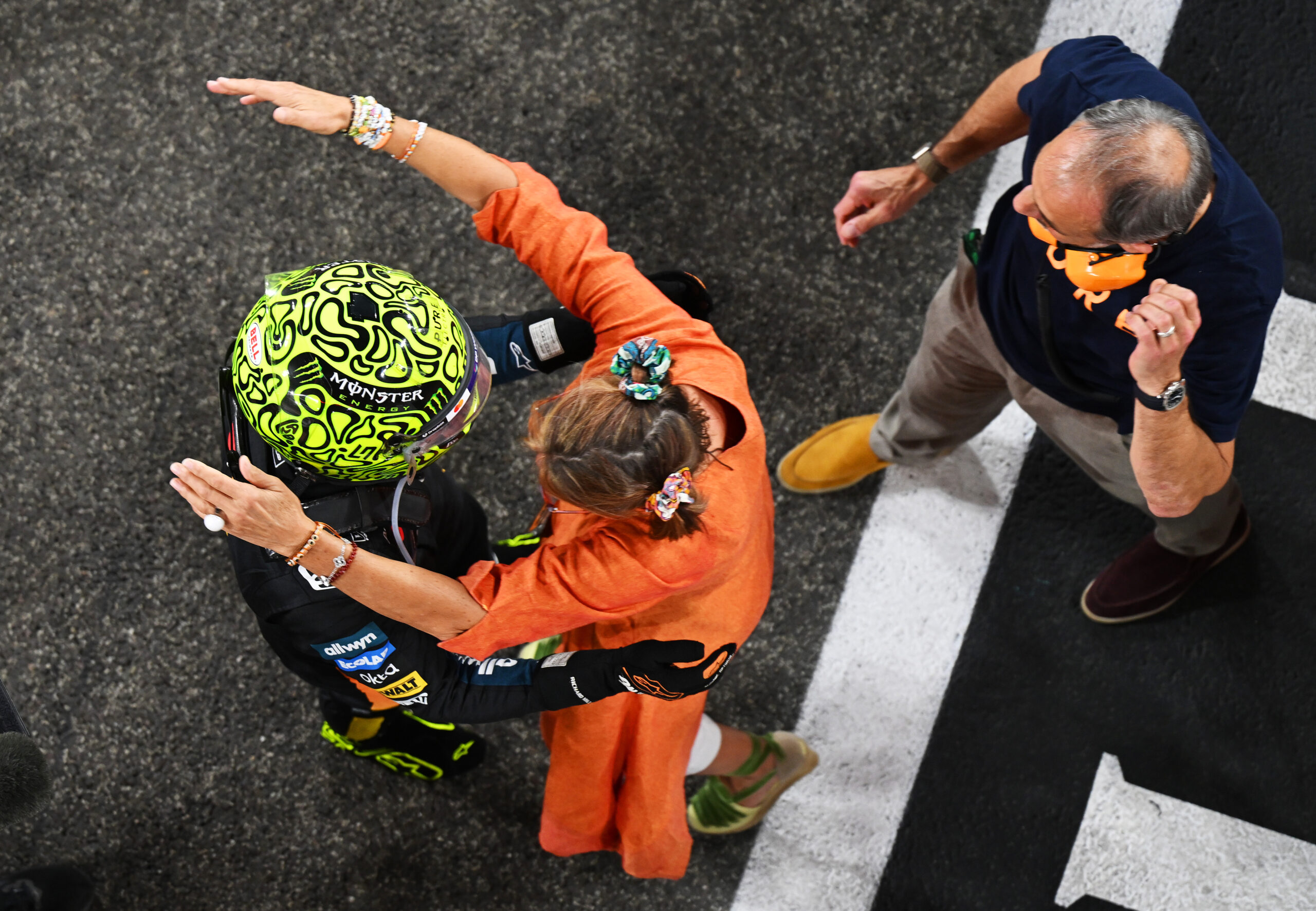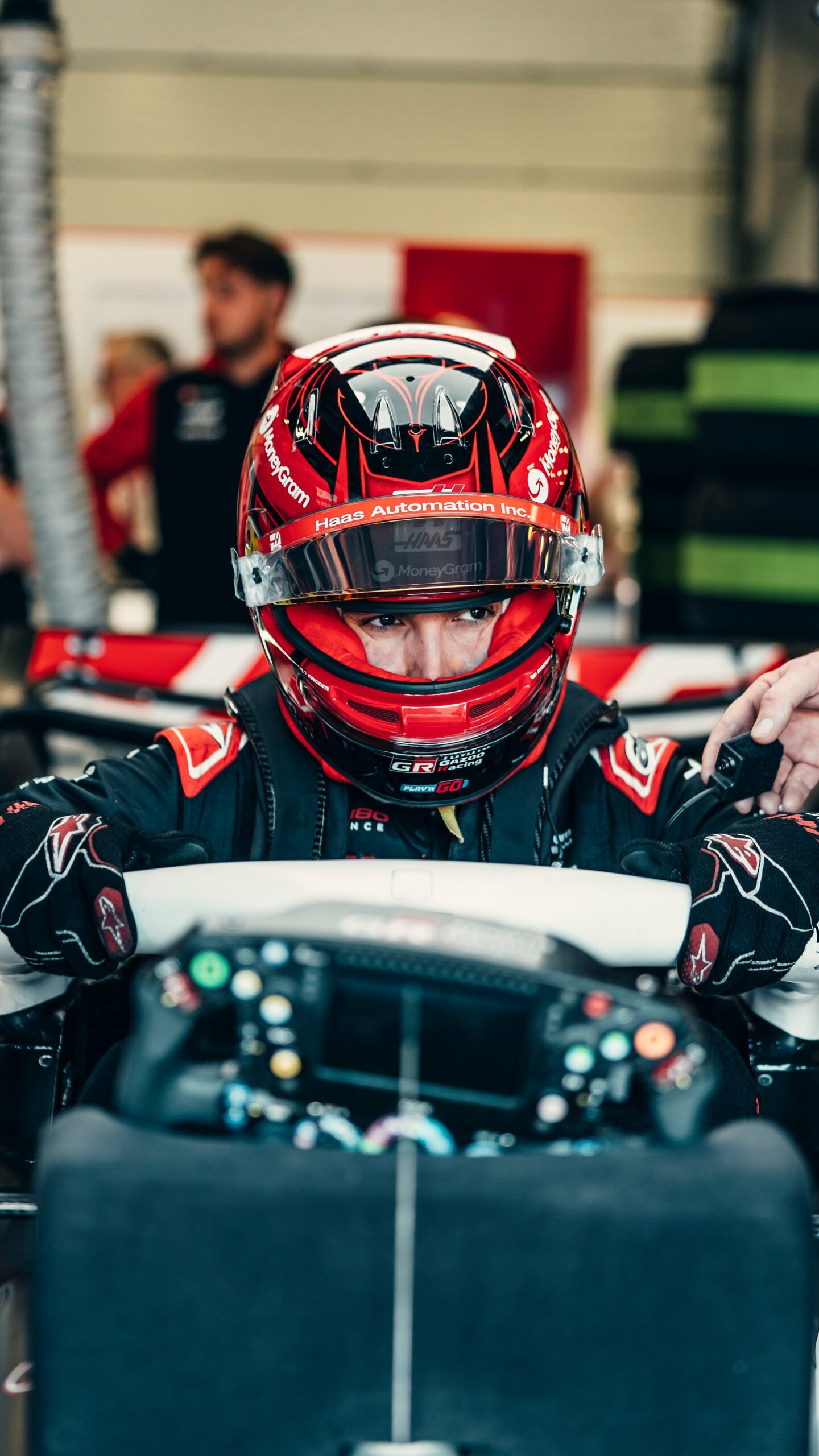On Sunday afternoon, Lewis Hamilton celebrated a second-place finish at the Circuit of the Americas after what was one of the most promising races for Mercedes this season.
Hours later, Hamilton was disqualified from the race due to excess plank wear on his car, leaving the team feeling “embarrassed.” Ferrari’s Charles Leclerc was found guilty of the same, which cost him his sixth place.
“Of course the disqualification is a significant blow. It’s a miserable feeling. It hurts,” Allison said.
“Everybody here feels it, everybody would be upset, embarrassed to a degree as well because we absolutely don’t like being on the wrong side of the rules and just lamenting the lost points. So that’s the sort of immediate feeling.”
Both teams sent representatives to speak to the stewards, where they suggested that the high wear on the skid pads could be attributed to the bumpy nature of the COTA track, combined with the sprint weekend format, which limited their ability to adequately set up and inspect the car before the race.
In a video released by Mercedes, technical director James Allison explained that, “Normally in a race weekend you have three untimed sessions, free practice, one, two and three, in which you gradually hone the set-up of the car, getting it ready for the qualifying on the Saturday and the race on the Sunday.
“In that period of practice, what you’re trying to do is get the car fast, reliable and legal, making sure that you’re ticking all the boxes that enable the car to get through to the end of the weekend fast and good when you go into parc ferme.
“At a sprint weekend, you are under much more pressure. You have just a solitary hour. The very front of the weekend, free practice one, where you have to get the car ready for the next session, which is qualifying, the next session, which is sprint [qualifying], the next session, which is the sprint race, and then the race itself.
“So after that one hour, basically you have cast your die, you have chosen your set-up and you have then got to run the rest of the weekend with the bets you placed in that one hour of running. Much, much less time to assess things than normal. And much less time to make corrective action ahead of the sort of paying sessions later in the weekend.”
Allison revealed that everything “looked fine” during the initial plank check after FP1, before parc ferme rules come into effect on sprint weekends.

Photo Credit: Mercedes-AMG Petronas F1 Team
“When we’d done our set-up, we checked the plank, it all looked fine. [It was] really untouched after that free practice one running. But the results of the race speak for themselves.
“We were illegal at the end of the race and clearly we should have had our car set a little bit higher up to give ourselves just a little bit more margin. It’s, of course, a mistake. It’s an understandable sort of mistake in a sprint weekend where it’s so much harder to get that stuff right, especially on a bumpy track. But a lesson for us in the future, to make sure that we take more margin, especially at a track like that with all of its bumps.”
Allison was also asked to explain the team’s reasoning behind Hamilton’s strategy in the race.
“Well, I’ll just preface my answer by saying we should have done, we should have pitted Lewis, we should have kept ahead, and we would’ve given ourselves a better chance of the win had we done so,” Allison conceded.
“We knew that we had been pretty pacy during the sprint race the day before, but we also knew that Max had the edge on us.
“We didn’t actually think we were in exactly the same race as Max, we thought we would find a way of coming through the field. That was just in the back of our heads as the laps were playing out in that first stint. The second thing is that when we did our analysis of the circuit and the running of the weekend thus far, we thought that it would most likely be a two stop.
“However, we didn’t discount the possibility on race day itself, that if the degradation, if the lap time evolution was actually a bit more favourable […] that it might transfer from a two stop into a one stop race.
“So, when Max came in for his stop, we knew that if we let him do a few laps, that he would undercut us. That wasn’t a surprise. But we were in that period of optimism where we were looking at the flat lap times Lewis was producing and thinking, ‘this might be on.’
“And we’re not going to beat Max by just doing the same thing as him because he is quicker than us. But if we can make this one stop work, then we could beat him. That’s what was going on in our heads. So, we didn’t cover Max off. We left Lewis out there and waited to see what would happen.”
On a more positive note, Allison confirmed that the team believes they are moving in the right direction with the latest upgrade package they debuted in Austin.
“The weekend was a very cast iron vote of confidence in favour of the stuff we put on the car.”
“We moved our car forward this weekend and it’s hard to do that, it’s hard to do it, but we did it and we did it by decent amount.”
“With four races left in the championship, four races where I’m pretty sure we will stay on the right side of the skid block rules, we will nevertheless have the uplift that we gave to our car.
“And so the initial feeling of a sort of hurt and disappointment and frustration ourselves will pass to be replaced by the sort of sunny optimism of knowing that the car looked bright on this upgrade package. And we got four races to show what we can do with it.”





